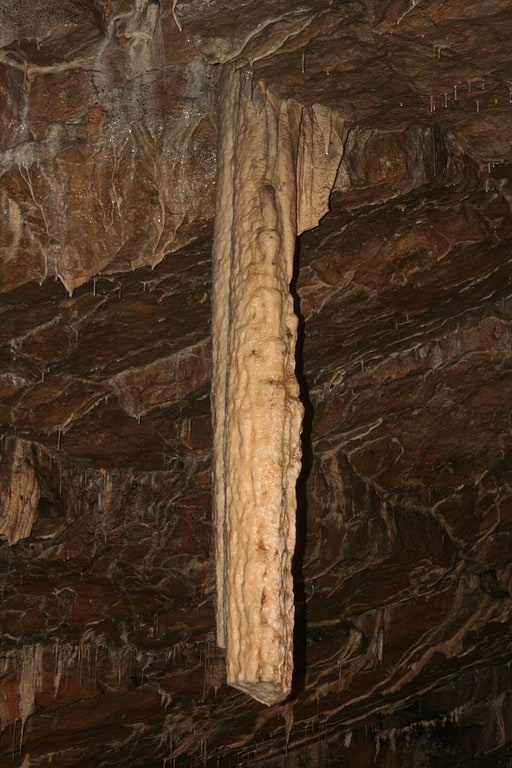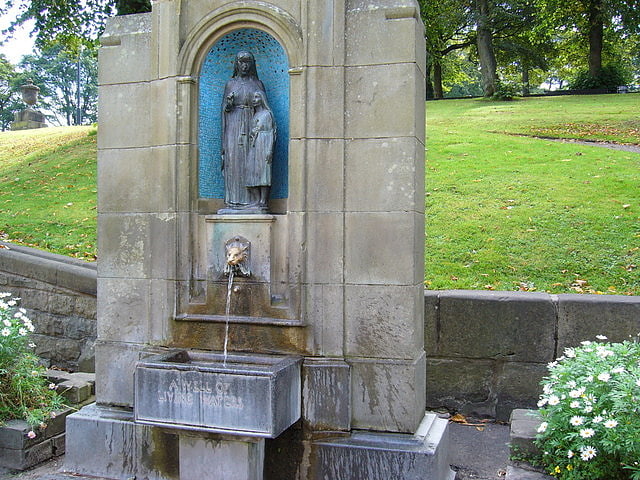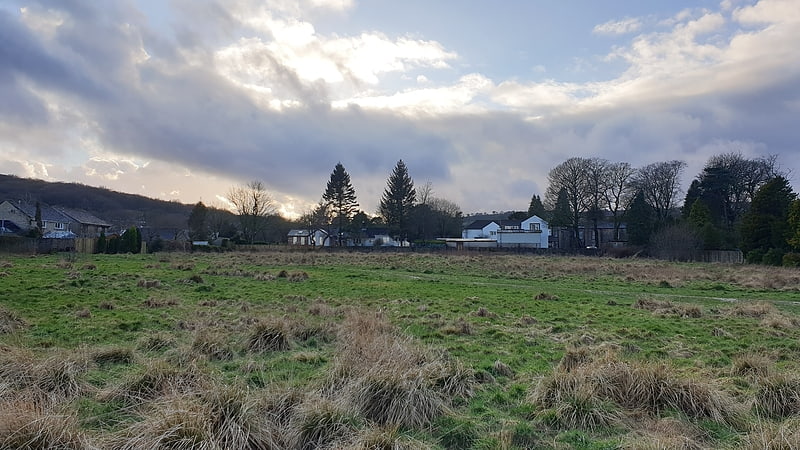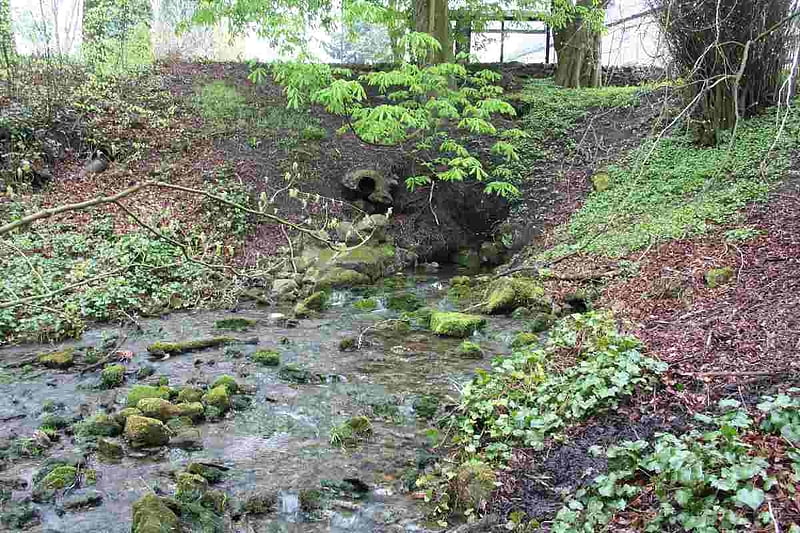Discover 8 hidden attractions, cool sights, and unusual things to do in Buxton (United Kingdom). Don't miss out on these must-see attractions: Buxton Opera House, Poole's Cavern, and St Ann's Well. Also, be sure to include Buxton Museum and Art Gallery in your itinerary.
Below, you can find the list of the most amazing places you should visit in Buxton (England).
Table of Contents
Buxton Opera House

Opera house in Buxton, England. Buxton Opera House is in The Square, Buxton, Derbyshire, England. It is a 902-seat opera house that hosts the annual Buxton Festival and, from 1994 to 2013, the International Gilbert and Sullivan Festival, among others, as well as pantomime at Christmas, musicals and other entertainments year-round. Hosting live performances until 1927, the theatre then was used mostly as a cinema until 1976. In 1979, it was refurbished and reopened as a venue for live performance.[1]
Address: Water St, SK17 6XN Buxton
Poole's Cavern

Tourist attraction in Buxton, England. Poole's Cavern or Poole's Hole is a two-million-year-old natural limestone cave on the edge of Buxton in the Peak District, in the county of Derbyshire, England.
Pooles Cavern forms part of the Wye system, and has been designated a Site of Special Scientific Interest.[2]
Address: Green Ln, SK17 9DH Buxton
St Ann's Well

St Ann's Well is an ancient warm natural spring in Buxton, Derbyshire in England. The drinking well is located at the foot of The Slopes and opposite the Crescent hotel and the Old Hall Hotel.
The natural warm waters of Buxton have been revered since Roman times. By the 1520s the spring was dedicated to St Anne (mother of the Virgin Mary) and the curative powers of the waters from the well were reported. A 16th-century act of parliament ruled that a free supply of the spring water must be provided for the town's residents. The geothermal spring rises from about 1km below ground and about a million litres of water flow out per day. The mineral water emerges at a steady 27°C. Analysis of the water has indicated that it has a high magnesium content and that it originated from rainwater from around 5,000 years ago. The same spring water is bottled and sold as Buxton Mineral Water.[3]
Buxton Museum and Art Gallery

Museum in Buxton, England. Buxton Museum and Art Gallery focuses its collection on history, geology and archaeology primarily from the Peak District and Derbyshire.
The museum is located at Terrace Road, Buxton, England. The museum opens Tuesday to Saturday all year round and from Easter to the end of September is also open on Sunday and Bank Holiday afternoons. Admission is free. The building was erected in 1880 and originally served as the Peak Hydropathic Hotel. During the First World War, the Red Cross used it to care for wounded Canadian soldiers. The Buxton Free Public Library & Museum moved into the building in 1928, leaving the Town Hall.[4]
Address: Terrace Rd, SK17 6DA Buxton
Devonshire Dome

Stable in Buxton, England. The Devonshire Dome building is a Grade II* listed 18th-century former stable block in Buxton, Derbyshire. It was built by John Carr of York and extended by architect Robert Rippon Duke, who added what was then the world's largest unsupported dome, with a diameter of 44.2 metres. It is now the site of the Buxton Campus of the University of Derby.[5]
Buxton Crescent

Building in Buxton, England. Buxton Crescent is a Grade-I-listed building in the town of Buxton, Derbyshire, England. Owing much to the Royal Crescent in Bath, but described by the Royal Institution of British Architects as "more richly decorated and altogether more complex". It was designed by the architect John Carr of York, and built for the 5th Duke of Devonshire between 1780 and 1789. In 2020, following a multi-year restoration and redevelopment project supported by the National Heritage Memorial Fund and Derbyshire County Council, The Crescent was reopened as a 5-star spa hotel.[6]
Address: The Crescent, Buxton
Lismore Fields

Archaeological site in Buxton, England. Lismore Fields is the site of a Stone Age settlement in the town of Buxton, Derbyshire, England. It was discovered close to the River Wye in 1984 by the Trent and Peak Archaeological Trust during a search for a Roman road. The site is a protected Scheduled Monument.
The first inhabitants of Buxton made their home at Lismore Fields 6,000 years ago. Excavation of the prehistoric settlement discovered the remains (floors, post holes and pits) of a Mesolithic timber roundhouse and of two Neolithic longhouses. The layout of these buildings can be clearly seen from the positions of the post holes. Flint implements were also found. Lismore Fields could be the earliest cereal cultivation site discovered in Britain. Cereal stores were revealed by the archeologists. Pollen analysis of soil samples and charred plant remains uncovered evidence of emmer wheat, crab apples, hazelnuts and flax. Researchers believe that this ancient site marks the period when Stone Age people developed from hunter-gatherers to farmers.
The "Lismore Pot" is a 5,500 year-old Grimston-ware bowl, pieced together from pottery fragments, and is one of the oldest pots ever found in Britain. It is on display in the Buxton Museum.[7]
Wye Head

Wye Head is an area in Derbyshire, England. It is in the civil parish of Burbage, on the outskirts of Buxton. It is so named because of a major rising of the River Wye, which carries much of the water from Poole's Cavern.[8]